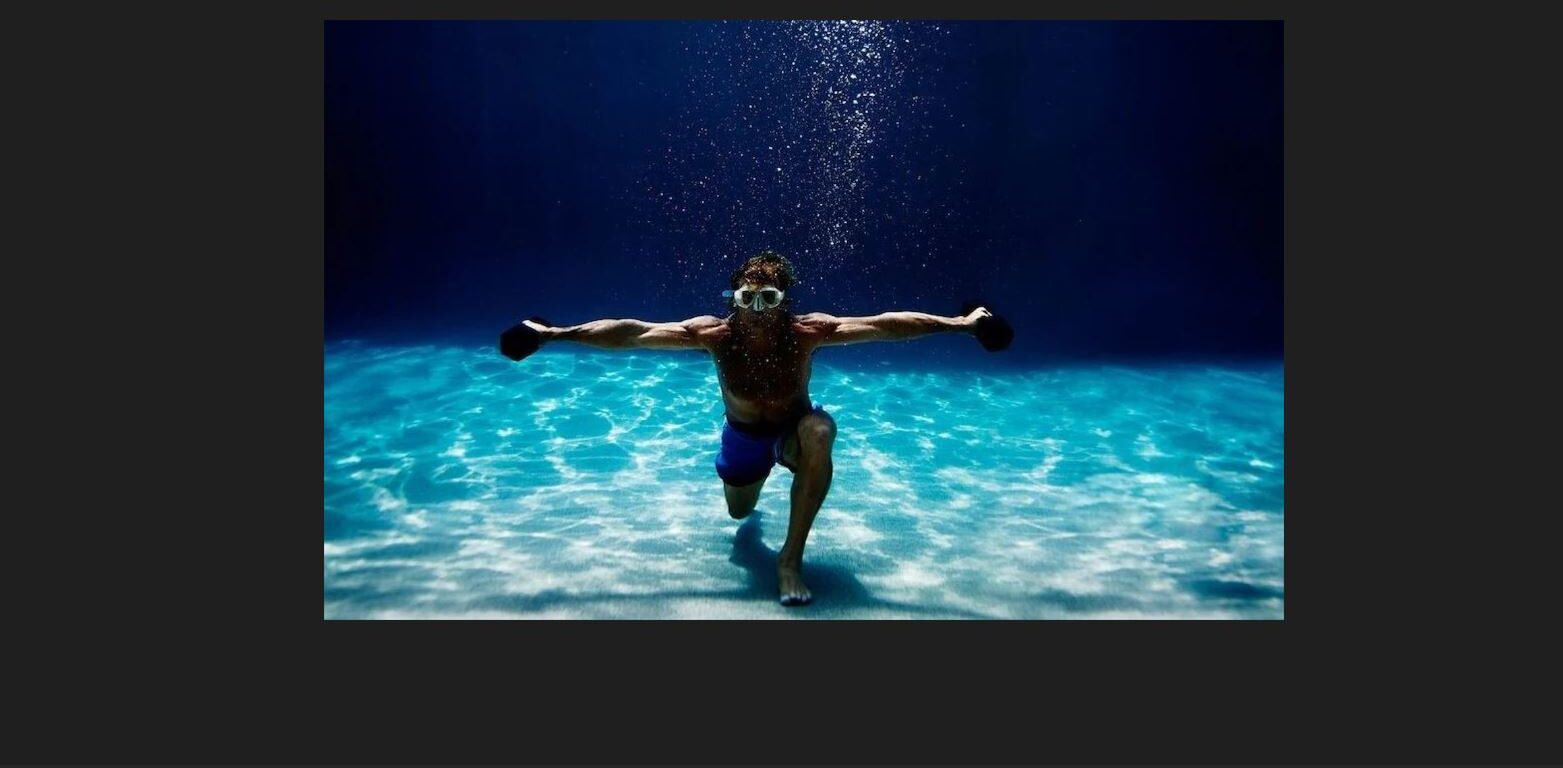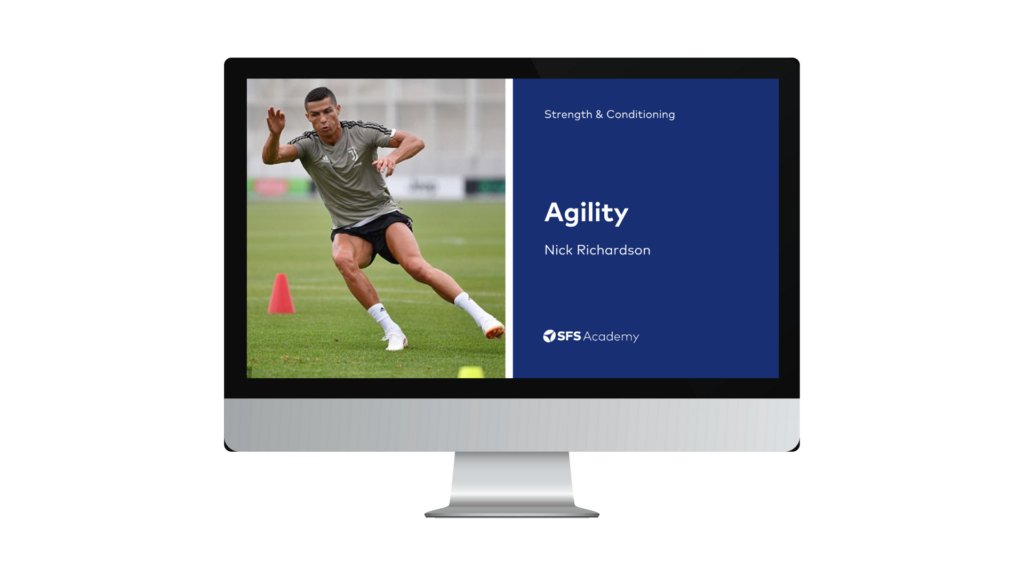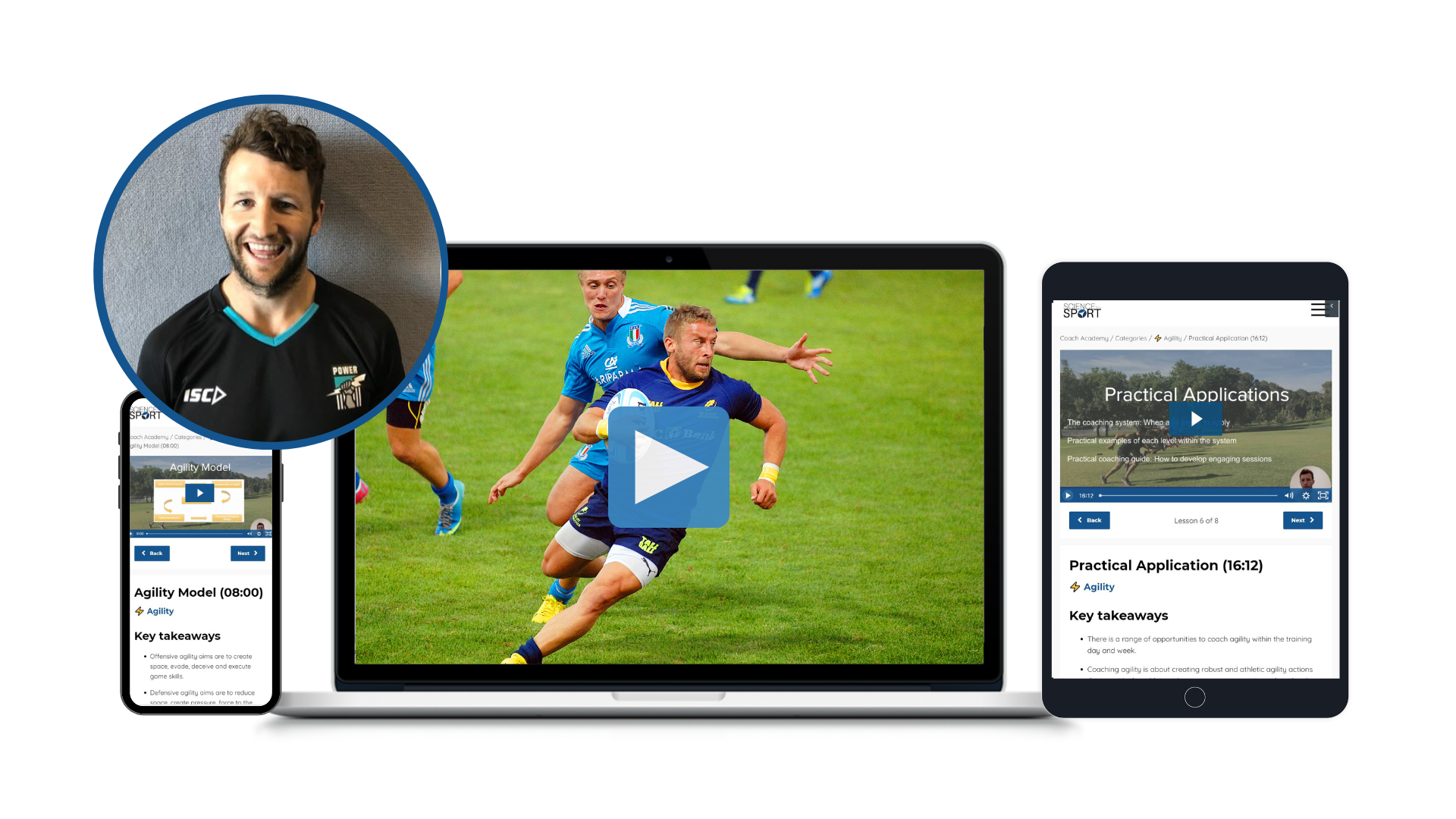Contents
- What is Hydrotherapy?
- What are the Benefits of Hydrotherapy?
- Hydrotherapy for Recovery
- Hydrotherapy for Rehabilitation
- Does Hydrotherapy Work?
- Conclusion
Hydrotherapy, derived from the Greek words “hydro” (water) and “therapeia” (healing), refers to the therapeutic use of water to treat various physical and mental health conditions. Hydrotherapy encompasses a range of treatments, including hydrotherapy massage, hydrotherapy pools, and hydrotherapy exercises, each utilising the properties of water to promote health and well-being.
What is Hydrotherapy?
Hydrotherapy is defined as the external or internal use of water in any form (liquid, steam, or ice) for health purposes such as pain relief, improved circulation, muscle relaxation, improved mobility, reduced stress, improved sleep quality, and fatigue reduction. It involves methods like thermotherapy, cryotherapy, contrast water therapy and thermoneutral therapy (1). Furthermore, aquatic exercise and underwater massage can be used with these methods.
Cryotherapy
Cryotherapy refers to the treatment of injury using extreme cold such as icepacks, or liquid nitrogen, and also includes cold water immersion (CWI) whereby subjects are immersed in cold water < 15 °C. A wide variety of techniques have been used to implement CWI including ice baths, ice bins, and plunge pools (1). More recently, portable ice bathtubs have become a popular and affordable alternative. An immersion duration of between 15-20 minutes has been suggested in research, however, the duration could be as low as 30 seconds due to individual tolerance to cold temperatures (1).
Thermotherapy
Thermotherapy, or hot water immersion (HWI) refers to immersion in warm water > 36 °C to increase core body temperature. This can be implemented using heated baths, spas and pools. An immersion duration of between 10-20 minutes has been suggested in research (1).
Contrast Water Therapy
Contrast water therapy (CWT) refers to alternating between hot and cold temperatures. For example, an athlete may go from an ice bath to a hot shower. Protocols have varied widely, but often consist of 30-300 seconds at a hot temperature, followed by 30-300 seconds at a cold temperature. This is repeated between 3-7 times and lasts between 4-30 minutes (1).
Thermoneutral Therapy
Thermoneutral therapy is the simplest form of hydrotherapy to apply as temperatures typically range between 16-35°C. Immersion time ranges from between 5 minutes and 6 hours (1).

What are the Benefits of Hydrotherapy?
The benefits of hydrotherapy are multifaceted, encompassing both physical and psychological aspects of health and performance.
Physical Benefits
Reduced Muscle Soreness
CWI, HWI and CWT improved the recovery of maximal isometric squat force compared to a passive recovery group at 24, 48, and 72 hours following an eccentric leg press post-fatigue protocol. The hydrostatic pressure caused by water immersion is believed to displace fluids from the periphery to the central cavity. This causes physiological changes including increased substrate transport, cardiac output and a reduction in peripheral resistance. These changes may increase the removal of waste products, possibly enhancing recovery from exercise-induced muscle soreness. However, only CWI and contrast water therapy enhanced the recovery of squat jump power and post-exercise swelling. This demonstrates that water temperature also appears to affect recovery using hydrotherapy (2).
Improved Strength
Foley et al. (2003) investigated the effects of a 6-week intervention comprising three 30-minute thermoneutral water or gym-based training sessions per week on the strength and function of osteoarthritis patients (3). The same progressive loading strategy was utilised for both water and gym-based interventions. Both interventions successfully improved the physical function and strength of participants, however, gym-based sessions were more effective in improving the muscular strength of the quadriceps. Increased muscle strength around affected joints can improve shock absorption capacity and joint stability. Water resistance can therefore improve physical function and muscular strength without the load associated with land-based weight-bearing physical activity.
Injury Rehabilitation
Mixed-level athletes suffering from femoroacetabular impingement underwent a hip arthroscopy as they were unable to perform their sport due to debilitating pain and restricted range of movement. Following surgery, the athletes were allocated to a control group comprised of land-based exercises or a hydrotherapy group including thermoneutral water and land-based exercises. The same progression principles and exercises were employed, regardless of group. The hydrotherapy group returned to play at 15 weeks, while the control group took 22.3 weeks, demonstrating an improved return. Furthermore, the athletes’ hip-specific scores and patient satisfaction scores improved considerably, suggesting that hydrotherapy is beneficial in post-operative injury rehabilitation (4).
Pain Relief
A 6-week intervention of one 30-minute thermoneutral hydrotherapy exercise session demonstrated a greater improvement in the Numeric Pain Rating Scale ( NRPS) when compared with land-based exercises of the same volume and frequency. The hydrotherapy group demonstrated the maximum response compared to the land-based group. However, both interventions elicited a greater improvement in pain compared to the control group. This demonstrates that hydrotherapy offers a non-invasive, drug-free treatment option that can reduce pain and improve quality of life. The reduction in gravitational force allows for easier movement and pain reduction during exercise and therapy sessions (5).
Psychological Benefits
Reduced Anxiety
Benfield et al. (2001) reviewed the use of hydrotherapy to decrease anxiety and pain during labour. The mean water temperature of the studies was 36 °C, however, temperature varied from 32-42°C (6). After bathing for 15 minutes the anxiety scores of all women in the hydrotherapy group decreased, whereas only 43 % reported a decrease in the control group. Furthermore, the hydrotherapy group demonstrated a mean decrease in anxiety, whereas the control group increased. This anxiety reduction is believed to increase relaxation, which is particularly beneficial during the physiological and psychological effects of labour. Therefore, during labour, immersion in warm water is hypothesised to decrease the production of stress-related hormones such as cortisol, whilst increasing the release of endorphins, which are natural mood enhancers.
Improved Sleep Quality
Patients with fibromyalgia completed a 2-month intervention consisting of 2 x 60-minute hydrotherapy sessions per week in a 32 °C pool. On completion of the intervention, patients reported an improvement in perceived physical function, work absenteeism, pain intensity, fatigue, morning tiredness, stiffness, anxiety, depression, sleep quality and daytime sleepiness. With regards to sleep quality, the Pittsburgh Quality Sleep Index (PSQI) was used to detect sleep disorders in the month leading up to the study. Prior to the intervention sleep disruption was scored at 39.5. Upon conclusion, 80 % of patients reported an improvement in sleep quality, with a mean reduction to a score of 33. It is stipulated that the physiological effects of hydrotherapy originate from the combination of the physical effects of water (thermal/mechanical) and exercise (7).
Improved General Health
A hot spring balneotherapy intervention was used for 30 minutes, 2-3 times per week for 5 months with 326 participants classified as ‘sub-healthy’ at two separate springs. The balenotherapy group bathed in a head-out immersion bath with naturally warm water (36-42 °C) mineral water. The research concluded that balenotherapy improved a range of factors including mental stress, women’s health problems, sleep quality and general health. Interestingly, despite mental stress being significantly relieved, bad/low mood, worry and irritability were not relieved. Symptoms of head pain, joint pain, leg or foot cramps and blurred vision were significantly relieved in the intervention group.
Further analysis also revealed that increased bathing time increased relief and participants in the senior group (56-65 years old) had greater relief from insomnia, fatigue or cramps. Women’s health problems including breast pain, dysmenorrhea and irregular menstruation were significantly relieved in the intervention group possibly because of the thermal effects of spring water can regulate metabolism and blood circulation and metaboric acid can regulate the endocrine system (8).
Hydrotherapy for Recovery
Hydrotherapy has been found to improve the recovery of maximal force, power and swelling 24, 48 and 72 hours post-fatigue protocol (2). This could be particularly beneficial for athletes with short turnaround times between competitive fixtures. Examples include international football tournaments, tennis tournaments, basketball and baseball.
Twelve cyclists completed five consecutive days of cycling consisting of 105 minutes, including 66 maximal sprints. They then completed a 14-minute recovery intervention consisting of either CWI, HWI, CWT or passive recovery. Sprint and time trial performance were enhanced across the five day period following a CWI and CWT recovery when compared with HWI and passive recovery. CWI and CWT appear to improve recovery from high-intensity cycling and therefore allow maintenance of performance across a five day period (9).
However, a systematic review investigating the use of CWI post-resistance training stated that less muscle growth was achieved compared to no post-exercise immersion (10). Therefore, it should be considered whether recovery or adaptation is the goal post-exercise.
Hydrotherapy Massage
Hydrotherapy massage involves heated water and mechanical pressure provided by jets or manual manipulation to massage the body. This type of therapy is typically performed in specially designed tubs, hydrotherapy pools, whirlpool baths, and hydromassage tables.
WATSU
WATSU is a passive form of hydrotherapy in chest-deep thermoneutral water (35 °C) combining myofascial stretching, joint mobilisation, massage and shiatsu. A therapist stands in the water, supporting the supine patient with their upper body, slowly moving the patient in circular motion sequences. Simultaneously, the therapist uses their hands to stimulate acupuncture points (11).
In a systematic review, it was reported that WATSU was predominantly used as an intervention for pain, physical function and mental health with chronic conditions such as fibromyalgia, asthma, neurological conditions and geriatric care. The meta-analyses concluded that WATSU had a beneficial effect on acute and chronic pain, however, this was not statistically significant. Similarly, the analysis concluded that WASTU indicated beneficial mental effects but was not statistically significant. Interestingly, WATSU appears to have moderate effects on physical function, linking to lower muscular tone and stiffness, translating to fewer muscle spasms and increased range of motion (12).
Hydrotherapy for Rehabilitation
Hydrotherapy has been found to accelerate the return to play time of athletes following a hip arthroscopy. It is stipulated that the buoyancy of water reduces the impact on joints and muscles, making it ideal for individuals in the early stages of rehabilitation (4).
Eighteen male professional athletes who incurred a grade I or II acute ankle sprain began thermoneutral hydrotherapy with hydrogen-rich water (HRW) intervention or a standard RICE (rest, ice, compression, elevation) protocol 24 hours post-injury. The HRW group received 6 x 30-minute ankle baths every 4 hours during the intervention period. The RICE group offloaded the injured leg, administering ice packs for 8 x 20 minutes every 3 hours. HRW was equally as effective for reducing joint swelling and pain while regaining range of motion and balance 24 hours post-acute ankle sprain. Therefore, HRW could be applicable to athletes and healthcare professionals requiring an alternative strategy to reduce swelling and pain (13). Further investigation is required to identify the effectiveness of HRW on other upper and lower-limb injuries.
Patients with osteoarthritis of the knee were allocated into a land-based or thermoneutral water-based exercise group for an 18-week period. Both groups completed similar exercises, consisting of gait training and strengthening and stretching the muscles of the lower extremities 3 times per week for 50 minutes per session. A similar progressive volume-loading strategy was also used by both groups. Both land-based and water-based exercises reduced pain and improved function, showing that water-based exercises could be a suitable alternative to land-based exercises (14).
Knee and hip implants with telemetric data transmission were used to measure the joint contact forces of twelve elderly participants completing thermoneutral aquatic and land-based exercises. In chest-high water, the buoyant force led to decreases of 65-68 % in body weight. Specifically, a reduction of 58 % was identified in the hip and 62 % in the knee during a one-legged stance. Furthermore, both higher movement velocity and increased water resistance led to an increase in joint forces. This indicates that aquatic exercises can be used for effective muscle activation. Furthermore, these joint forces and muscle activation can be manipulated through exercise selection, movement velocity and utilising additional resistive devices, proving a useful tool in rehabilitation (15).
Hydrotherapy Exercises
Hydrotherapy exercises, performed in water, help improve strength, flexibility, and balance. They are a viable option for individuals recovering from sprains, fractures, or post-surgical intervention.
Throughout pregnancy, hydrotherapy exercises have also been found to help control heart rate and blood glucose levels, prevent excessive weight gain, and improve balance and mobility. These exercises can be adapted to suit individuals at different stages of recovery, rehabilitation or pregnancy (16).
Walking or Jogging
Water walking or jogging is particularly beneficial for individuals recovering from lower limb injuries or surgeries. Additionally, it is an excellent method of reintroducing locomotion without the cost associated with equipment such as anti-gravity treadmills (14).
Water Squats
Water squats are performed by standing in the water at different depths, dependent upon the stage of rehabilitation. This exercise targets the lower body muscles and aims to improve strength and stability. The buoyancy of the water reduces the load on the lower limbs, making it easier for individuals with pain or injuries to perform (15).

Aqua Aerobics
Aqua aerobics involves aerobic exercises performed in water, including jumping jacks, high knees, leg kicks, treading water and arm circles. These exercises can enhance cardiovascular fitness, strength and balance. Aqua aerobics is suitable for individuals of all fitness levels and ages (17,18).
Does Hydrotherapy Work?
There is still some speculation about the use of hydrotherapy for physical and psychological purposes. Furthermore, the method of hydrotherapy (thermotherapy, cryotherapy, contrast water therapy) applied will change the effect it has on an individual.
Cold Water Immersion (CWI)
CWI has commonly been used to aid post-exercise recovery. A review including 27 studies measured the effects of various cryotherapy on delayed onset muscle soreness (DOMS). Analysis revealed that CWI significantly improves DOMS at 24, 48 and 96 hours post-exercise. It should be noted that CWI reduced DOMS more than cold air and ice packs. Furthermore, male participants responded better than female participants up to 48 hours (19).
Thermotherapy
Despite its use in a physiotherapy setting, there is less research-based evidence to support thermotherapy. A review by Versey et al. (2013) found that thermotherapy is unlikely to have a significant positive effect on the recovery of performance (20). However, studies have suggested there are a variety of psychological benefits to thermotherapy.
In labour, the anxiety of all women in hydrotherapy decreased, whereas only 43 % reported a decrease in the control group (6). A hot spring balneotherapy intervention improved a range of factors including mental stress, women’s health problems, sleep quality and general health (8).
Contrast Water Therapy
A review by Higgins et al. including 23 articles investigated the recovery effects of contrast water therapy with well-trained team sport athletes (21). Contrast water therapy did not enhance recovery of perceived muscle soreness 24 hours post-exercise; however, it appeared to reduce the detrimental effects of team sport on countermovement jump performance 24 hours post-exercise but had no additional benefit 48 hours post (21).
Thermoneutral Therapy
Hydrotherapy exercises completed in thermoneutral water have been used with individuals recovering from injury, surgical intervention or patients diagnosed with chronic conditions such as fibromyalgia (3).
Although water-based exercise has been found to improve both physical function and strength, however, gym-based interventions have been more effective at improving the strength of osteoarthritis patients (3). Silva (2008) also found that hydrotherapy improved physical function and reduced pain similar to land-based exercises (14). Athletes recovering from femoroacetabular (hip) impingement returned to play at 15 weeks following a hydrotherapy intervention, while the control group took 22.3 weeks, demonstrating a significantly improved return to sport (4).
Patients with fibromyalgia reported an improvement in perceived physical function, work absenteeism, pain intensity, fatigue, morning tiredness, stiffness, anxiety, depression, sleep quality and daytime sleepiness (7).
Conclusion
Hydrotherapy offers a range of benefits, from physical and psychological improvements to aiding in recovery and rehabilitation. The method of hydrotherapy intervention seems to elicit different responses, therefore the individual’s goal should be considered before selecting a specific method. The therapeutic properties of water make it a versatile treatment option for various conditions. Whether used in clinical settings, sports facilities, or at home, evidence suggests hydrotherapy can enhance health and well-being. As research continues to investigate its efficacy, hydrotherapy remains a valuable tool in the arsenal of modern therapeutic practices.
- Wilcock, I., Cronin, J., & Hing, W. (2006). Physiological Response to Water Immersion. Sports Medicine, 36, 747-765. [Link]
- Vaile, J., Halson, S., Gill, N., & Dawson, B. (2007). Effect of hydrotherapy on the signs and symptoms of delayed onset muscle soreness. European Journal of Applied Physiology, 103, 121-122. [Link]
- Foley, A., Halbert, J., Hewitt, T., & Crotty, M. (2003). Does hydrotherapy improve strength and physical function in patients with osteoarthritis—a randomised controlled trial comparing a gym based and a hydrotherapy based strengthening programme. Annals of the Rheumatic Diseases, 62, 1162 – 1167. [Link]
- Dimitrakopoulou, A., English, B., Kartsonaki, C., Gledhill, A., & Schilders, E. (2023). The effectiveness of hydrotherapy on return to play in sports following hip arthroscopic surgery: a comparative study.. Hip international : the journal of clinical and experimental research on hip pathology and therapy, 11207000231167349. [Link]
- Jinjwaria, R., John, R., Kumar, A., & Kumar, S. (2023). A triple-blinded randomized controlled trial to evaluate the effectiveness of hydrotherapy versus land-based exercises outcome on pain among patients with rheumatoid arthritis. International Journal Of Community Medicine And Public Health. [Link]
- Benfield, R., Herman, J., Katz, V., Wilson, S., & Davis, J. (2002). Hydrotherapy in labour. Research in Nursing & Health, 24 1, 57-67. [Link]
- Silva, K., Tucano, S., Kümpel, C., Castro, A., & Porto, E. (2012). Effect of hydrotherapy on quality of life, functional capacity and sleep quality in patients with fibromyalgia.. Revista brasileira de reumatologia, 52 6, 851-7. [Link]
- Yang, B., Qin, Q., Han, L., Lin, J., & Chen, Y. (2018). Spa therapy (balneotherapy) relieves mental stress, sleep disorder, and general health problems in sub-healthy people. International Journal of Biometeorology, 62, 261-272. [Link]
- Vaile, J., Halson, S., Gill, N., & Dawson, B. (2008). Effect of hydrotherapy on recovery from fatigue.. International journal of sports medicine, 29 7, 539-44. [Link]
- Grgic, J. (2022). Effects of post-exercise cold-water immersion on resistance training-induced gains in muscular strength: a meta-analysis. European Journal of Sport Science, 23, 372 – 380. [Link]
- Dull, H (2004). Watsu: Freeing the body in water. Victoria BC: Trafford. [Link]
- Schitter, A., Fleckenstein, J., Frei, P., Taeymans, J., Kurpiers, N., & Radlinger, L. (2020). Applications, indications, and effects of passive hydrotherapy WATSU (WaterShiatsu)—A systematic review and meta-analysis. PLoS ONE, 15. [Link]
- Javorac, D., Štajer, V., Rátgéber, L., Oláh, A., Betlehem, J., Acs, P., Vukomanović, B., & Ostojić, S. (2020). Hydrotherapy with hydrogen-rich water compared with RICE protocol following acute ankle sprain in professional athletes: a randomized non-inferiority pilot trial. Research in Sports Medicine, 29, 517 – 525. [Link]
- Silva, L., Valim, V., Pessanha, A., Oliveira, L., Myamoto, S., Jones, A., & Natour, J. (2008). Hydrotherapy Versus Conventional Land-Based Exercise for the Management of Patients With Osteoarthritis of the Knee: A Randomized Clinical Trial. Physical Therapy, 88, 12 – 21. [Link]
- Kutzner, I., Richter, A., Gordt, K., Dymke, J., Damm, P., Duda, G., Günzl, R., & Bergmann, G. (2017). Does aquatic exercise reduce hip and knee joint loading? In vivo load measurements with instrumented implants. PLoS ONE, 12. [Link]
- Cancela-Carral, J., Blanco, B., & López-Rodríguez, A. (2022). Therapeutic Aquatic Exercise in Pregnancy: A Systematic Review and Meta-Analysis. Journal of Clinical Medicine, 11. [Link]
- Tsourlou, T., Benik, A., Dipla, K., Zafeiridis, A., & Kellis, S. (2006). THE EFFECTS OF A TWENTY‐FOUR‐‐WEEK AQUATIC TRAINING PROGRAM ON MUSCULAR STRENGTH PERFORMANCE IN HEALTHY ELDERLY WOMEN. Journal of Strength and Conditioning Research, 20, 811–818. [Link]
- Abadi, F., Elumalai, G., Sankaraval, M., & Ramli, F. (2017). EFFECTS OF AQUA-AEROBIC EXERCISE ON THE CARDIOVASCULAR FITNESS AND WEIGHT LOSS AMONG OBESE STUDENTS. International journal of physiotherapy, 4, 278-283. [Link]
- Hohenauer, E., Taeymans, J., Baeyens, J., Clarys, P., & Clijsen, R. (2015). The Effect of Post-Exercise Cryotherapy on Recovery Characteristics: A Systematic Review and Meta-Analysis. PLoS ONE, 10. [Link]
- Versey, N., Halson, S., & Dawson, B. (2013). Water Immersion Recovery for Athletes: Effect on Exercise Performance and Practical Recommendations. Sports Medicine, 43, 1101-1130. [Link]
- Higgins, T., Greene, D., & Baker, M. (2017). Effects of Cold Water Immersion and Contrast Water Therapy for Recovery From Team Sport: A Systematic Review and Meta-analysis. Journal of Strength and Conditioning Research, 31, 1443–1460. [Link]



